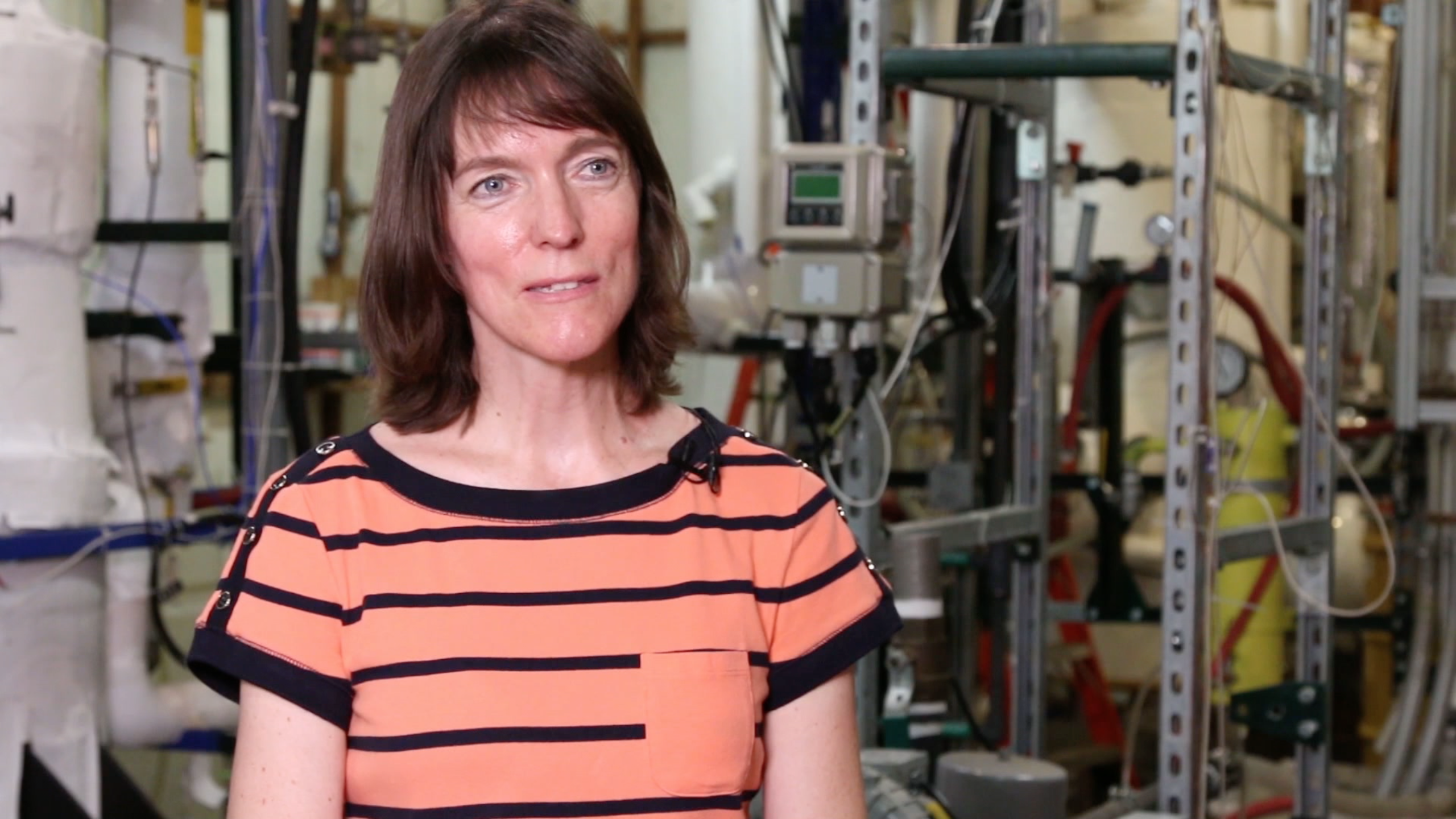On March 11, 2011, Japan was rocked by an earthquake and tsunami that caused the shutdown of the Fukushima Daiichi plant’s active nuclear reactors, disabled all sources powering core cooling systems and caused three of the reactor cores to overheat. The resulting meltdowns caused the release of radioactive material into the surrounding area, a disaster that has spurred investigations and research into the performance of the safety systems installed in these reactors.
Despite the effects of the disaster, the Reactor Core Isolation Cooling (RCIC) system performed much better than expected within reactor units two and three, operating in unit three up to eight times longer than intended in those conditions. Understanding the cause behind the RCIC system’s performance and applying it to U.S. reactors is where Sandia National Laboratories and the Department of Nuclear Engineering’s Dr. Karen Vierow come in.
“I'm looking at the system from a couple of viewpoints,” Vierow said. “One being, how did it run for so long without power and two, can we take credit for the system in our U.S. reactors to operate for extended times without power? The two times the safety system was called upon, it operated far beyond what we currently take credit for.”
The RCIC system in the Fukushima Daiichi unit two and three reactors use a steam-driven turbine to power a pump that returns water to the reactor core and cools it. The system needs power to regulate the turbine to cool the reactor but can run on battery power for four to eight hours during what are called “isolation conditions”, conditions present during the Fukashima incident where the reactor was isolated from its primary power source. However, during the incident, two of the reactors continued to be cooled on the RCIC system for 20 hours and 70 hours, respectively, despite exceeding the four to eight hour window to battery power the system. Understanding why the system performed as well as it did can benefit the 25 boiling water reactors in the United States that also operate the RCIC system.
“We do not completely understand why the RCIC System operated for this long even though it is a good thing,” Vierow said. “We'd like to know how it performed under these conditions and how we can assure that the same system in our national reactors would operate as well.”

Vierow is collaborating with researchers at Sandia National Laboratories on this project, which was initially funded by the U.S. Nuclear Regulatory Commission until Vierow later received a grant from the U.S. Department of Energy (DOE). Vierow’s particular research application to discovering the secret of the RCIC System’s performance lies in studying the cooling of the system in relation to thermal mixing in the containment. Vierow began to look at the thermal mixing and the condensation of steam in the reactor’s suppression chamber to see where the thermal energy is distributed and how it effects the RCIC System.
Vierow and her team are also gathering new scientific data on the reactor’s turbomachinery and are convinced that steam and water enter the turbine during its operation, despite the fact that turbines are designed for gas-phase intake only.
“If we can understand the system better and how the turbine behaves when it ingests the steam and water two phase flow, we can use that information to predict how the system would operate in our U.S. BWRs,” Vierow said. “This will help provide guidance to whether the RCIC System in our BWRs can be used for longer than the duration that we currently allow them to be used for.”
Vierow and her team will use this data to develop detailed numerical models of the steam-water two-phase flow behavior in the turbine, which will give them the knowledge to suggest changes to the RCIC System design or other improvements to ensure that the system can be counted on for extended periods of time. The data Vierow has gathered on thermal mixing in this RCIC System could also be used in other reactor applications.
“It's a system designed for isolation events, but we saw that it has a large potential for a loss of power situation which we call station blackout,” Vierow said. “The Fukushima reactors were under station blackout for several days and if this RCIC System is already in place for 25 of our reactors for isolation events [then] it could also have a very important role in station blackout events. It then gives this system a whole new role and needs to be evaluated for how long it can be used.”